The game has changed.
As money increasingly chases large and name brand stocks, small-caps are more invisible to the investment community than ever before.
#1 – There’s little demand for your stock
You know the hard reality – creating demand for your small-cap stock is difficult.
 Yet, you’re not alone. Most small-caps lack the investment community visibility necessary to attract new investors or analysts. But that does not mean you are forever relegated to fly under the radar – because many quality investors do specifically seek out small-caps as part of their portfolio strategy.
Yet, you’re not alone. Most small-caps lack the investment community visibility necessary to attract new investors or analysts. But that does not mean you are forever relegated to fly under the radar – because many quality investors do specifically seek out small-caps as part of their portfolio strategy.
The key is understanding the appropriate audience for your stock, and then focusing your outreach on the right investors – both institutional AND yes… retail.
This takes expertise, contacts, time and persistence through a concerted, long term effort.
Without investing time and resources in this process, you won’t develop sufficient demand for your equity.
#2 – Only a fraction of investors even know you exist
On average, most small-caps are recognized by a small fraction (est. 2% to 25%) of the investors that could actually purchase their stock.
Invisibility means you end up pitching the same small number of investors that already know you.
And without the ‘lifeblood’ of new investment audiences, it is easy for small-caps to fatigue or even sour existing relationships.
 Have you taken the dreaded sales call from someone who’s merely ‘checking in?’ They are hoping to get your money but the end result is quite the opposite.
Have you taken the dreaded sales call from someone who’s merely ‘checking in?’ They are hoping to get your money but the end result is quite the opposite.
Chasing the same people with the same story is far from a winning strategy – it’s a recipe for IR disaster.
#3 – Liquidity / Trading Activity Dries Up
When the universe of investors that knows you is small, over time trading activity will diminish, making it harder and harder to enter or exit the investment.
 As investors choose to exit an invisible stock – often existing holders feel compelled to expand their position by “averaging down” and soaking up shares to the further detriment of liquidity.
As investors choose to exit an invisible stock – often existing holders feel compelled to expand their position by “averaging down” and soaking up shares to the further detriment of liquidity.
And as these smaller circles of influence reduce the number of shares in the float – the resulting lack of liquidity becomes a non-starter for many quality investor prospects.
#4 – Access to capital can slow to a trickle or end
Being unknown with little demand and no liquidity has even greater consequences if your company needs capital.
 Increasingly, small-cap funding for early-stage companies is directly linked to your average daily trading volume, with many investors sizing and pricing their investment based on how much your stock trades over a few weeks as measured in total dollars.
Increasingly, small-cap funding for early-stage companies is directly linked to your average daily trading volume, with many investors sizing and pricing their investment based on how much your stock trades over a few weeks as measured in total dollars.
So capital – a public company’s lifeblood – is rationed on the basis of trading liquidity – and that liquidity is directly influenced by your IR program.


